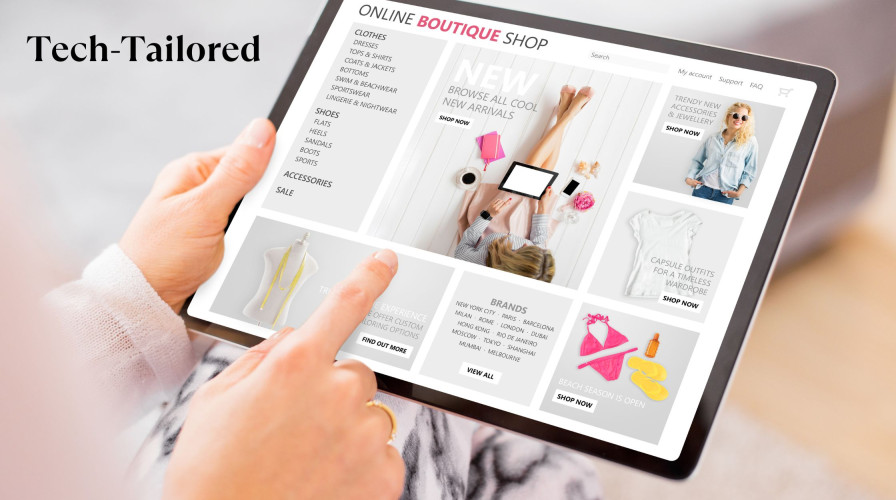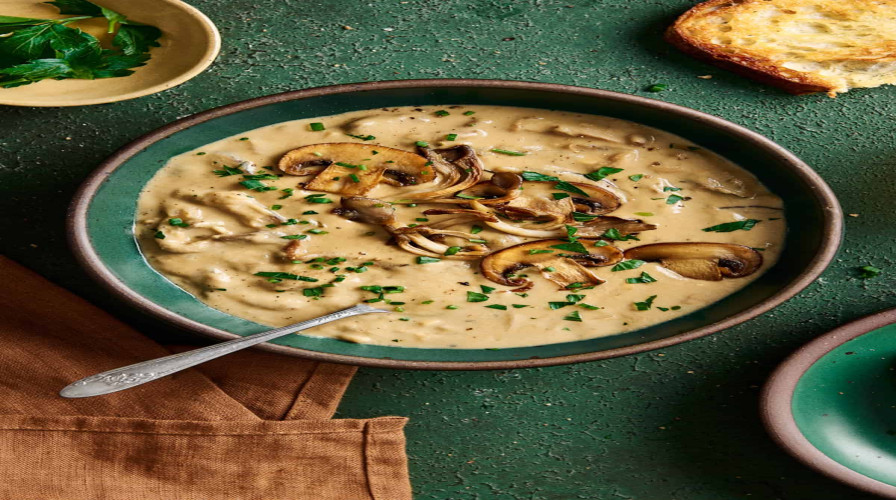Tech-Tailored: The Transformative Impact of Technology on Fashion Design and Retail
In an era where technology permeates every facet of our lives, the fashion industry is no exception. From the initial design process to the final retail experience, technology has revolutionized how fashion is created, marketed, and consumed. The integration of cutting-edge innovations has not only enhanced efficiency and creativity but also reshaped consumer expectations and interactions.
Revolutionizing Fashion Design
Digital Sketching and 3D Modelling
Gone are the days when designers relied solely on paper and pencil. Today, digital sketching and 3D modelling tools like Adobe Illustrator and CLO 3D enable designers to create and visualize their concepts with remarkable precision and speed. These tools allow for rapid prototyping, reducing the time from initial idea to final product. Designers can now experiment with different fabrics, colors, and patterns virtually, making the design process more flexible and less wasteful.
AI and Machine Learning
Artificial intelligence (AI) and machine learning are transforming fashion design by predicting trends and consumer preferences. AI algorithms analyze vast amounts of data from social media, fashion shows, and retail trends to forecast what styles and colors will be popular in upcoming seasons. This predictive capability allows designers to create collections that are more aligned with market demand, reducing overproduction and minimizing fashion waste.
Enhancing the Retail Experience
E-commerce and Mobile Shopping
The rise of e-commerce and mobile shopping has dramatically changed the retail landscape. Consumers can now browse and purchase clothing from the comfort of their homes, with a plethora of online platforms offering everything from high-end designer wear to fast fashion. Augmented reality (AR) and virtual reality (VR) technologies further enhance this experience by allowing customers to try on clothes virtually, ensuring better fit and reducing return rates.
Personalized Shopping Experiences
Technology enables retailers to offer personalized shopping experiences that cater to individual preferences. Through data analytics and AI, retailers can track consumer behavior and preferences, providing personalized recommendations and targeted marketing. This level of customization enhances customer satisfaction and loyalty, creating a more engaging shopping experience.
Blockchain for Transparency
Blockchain technology is being used to enhance transparency and traceability in the fashion supply chain. Consumers today are more conscious of the ethical and environmental impact of their purchases. Blockchain allows for the verification of a garment’s origin, ensuring that it is ethically produced and sustainably sourced. This transparency builds trust and promotes responsible consumption.
Sustainable Fashion Through Technology
Sustainable Materials and Production
Advancements in technology are driving sustainability in fashion. Innovative materials like lab-grown leather and biodegradable fabrics are becoming more mainstream, reducing the environmental footprint of fashion production. Additionally, technologies such as 3D printing enable on-demand production, minimizing waste and overstock.
Circular Fashion Models
Technology is also facilitating the rise of circular fashion models, where garments are designed to be recycled or repurposed. Platforms that promote the resale and rental of clothing, such as Depop and Rent the Runway, leverage technology to extend the lifecycle of garments, reducing the overall demand for new production.
The Future of Fashion Tech
The future of fashion lies at the intersection of creativity and technology. Emerging technologies like wearable tech, smart textiles, and AI-driven design tools are poised to further revolutionize the industry. Wearable tech, such as smart fabrics that monitor health metrics or change colour based on environmental conditions, is set to blur the lines between fashion and functionality.
In conclusion, technology has profoundly impacted fashion design and retail, driving innovation, efficiency, and sustainability. As the industry continues to evolve, the integration of technology will remain a key driver of transformation, reshaping how fashion is created, marketed, and consumed. The marriage of fashion and technology promises a future where style and innovation coexist seamlessly, offering endless possibilities for creativity and consumer engagement.










